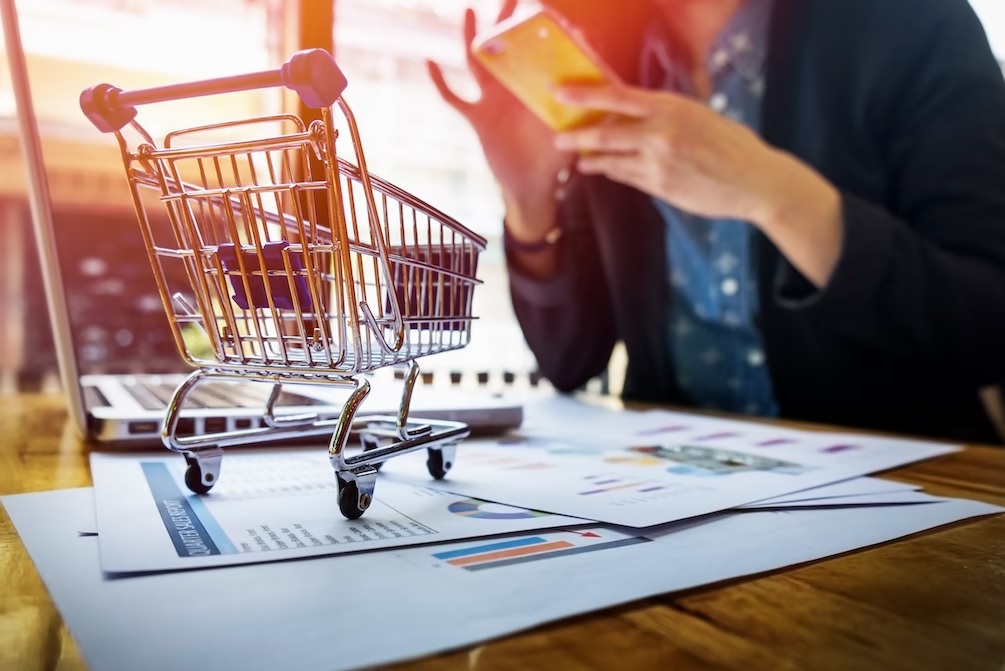The COVID-19 pandemic has accelerated a number of trends in the retail sector, especially the rapid growth of e-commerce. One of the most noticeable phenomena has been the rise of quick e-commerce – online shopping options that promise delivery of goods within hours rather than days. With people spending more time at home and demanding faster service, several startups have emerged to meet this need. This article examines the key factors driving the success of quick e-commerce in the United States.
Changing Consumer Expectations
Customers have grown increasingly accustomed to the convenience of one-day and same-day delivery from retailers like Amazon. The pandemic has raised expectations even further as people seek to minimize trips outside the home. A recent survey found over 80% of US online shoppers now prefer options for same-day delivery. The appetite for instant gratification and urgency has shaped new consumer behaviors. Customers now frequently make impulse purchases and expect fulfillment in a matter of hours rather than overnight. Traditional delivery windows of 1-3 business days no longer satisfy this on-demand mindset.
Addressing the Last Mile Challenge
Delivering goods quickly within urban areas poses tremendous logistical difficulties known as the “last mile” problem. Major obstacles include traffic congestion, limited delivery windows, and the high costs associated with speed. Several startups have come up with innovative solutions to enable delivery in as little as one hour. Companies like Gopuff, GoPuff and Jokr operate micro-fulfillment centers in dense city neighborhoods. They utilize data science and automated sorting systems to optimize delivery routes. Bike messengers and other non-vehicular options further reduce transit times. Rapid expansion of existing infrastructure like these micro-warehouses will be critical to sustain quick commerce at scale.
Partnering with Brick-and-Mortar Retailers
In addition to their own inventory, Us Quick E-Commerce platforms partner with physical stores to source goods on demand. Grocery chains like Walmart and CVS have enabled in-store pickup via platforms like Instacart and Shipt. Beyond groceries, retailers ranging from convenience stores to pet shops are now directly integrated into rapid delivery networks. This allows companies to offer a much wider product assortment than maintaining separate fulfillment centers. It also creates new revenue streams for brick-and-mortar businesses struggling with foot traffic declines. As partnerships expand nationwide, fulfillment networks will become even more dense and delivery speeds will keep dropping.
Capitalizing on High Margin Categories
While grocery delivery sees razor-thin margins, certain other categories such as prepared meals, alcohol and convenience items offer higher profit potential in quick commerce. Meal kits, pantry staples, beauty supplies and over-the-counter medicines consistently rank among the top-selling product types on platforms like GoPuff, Jokr and Fridge No More. The ability to fulfill such daily essentials promptly helps consumers avoid last-minute store runs and justifies pricing premiums of 10-20% over in-store costs. Meeting spontaneous cravings for snacks or late-night munchies also drives impulse spending in lucrative categories. This factor will guide investment focus and assortment decisions in the quick commerce sector.
Growing Competitive Landscape
Faced with increasing consumer adoption, traditional retailers are entering the quick commerce race as well. Walmart recently unveiled its Express delivery program which promises delivery of a curated selection within two hours. Target too rolled out a similar two-hour option in 25 U.S. cities in 2021. Regional chains like 7-Eleven and Wawa are testing their own micro-fulfillment centers for quick deliveries alongside brick-and-mortar offerings. Established players will pose the biggest competitive threat with their marketing budgets and existing loyalty programs. Independent startups will need to fend off deeper-pocketed competition through advantages in technology, selection variety and ultra-rapid fulfillment capabilities. Strategic partnerships and industry consolidation are likely outcomes as well.
Future Outlook
The outlook for quick commerce looks exceedingly promising, with analysts predicting over 50% annual growth rates for the sector through 2025. Rising consumer electronics ownership and fifth-generation cellular networks will enable even faster delivery options within cities. Experiments are ongoing for drone and self-driving vehicle deliveries, which could reduce transit times drastically. Technologies like AI, augmented reality, and predictive analytics will optimize last mile logistics and inventory management at micro-fulfillment hubs. Overall, quick commerce promises to revolutionize the urban delivery experience in the U.S. while also changing how consumers shop for everyday essentials going forward. The pandemic has accelerated a natural progression towards on-demand fulfillment, and the full shift could take hold over the next decade.
Overall, quick e-commerce solving the critical last mile issue through partnerships and localized infrastructure is driving its rapid adoption in the US. Key categories are seeing greater margins opportunities. While competition intensifies from large retailers, startups still have advantages they can leverage for growth. Improving technologies indicate that ultra-rapid delivery could become the new standard experience for online shoppers nationwide in the coming years. The COVID-19 pandemic has allowed this paradigm shifting sector to enter prime time ahead of initial forecasts. Time will tell how nimble independent players can stay amid changing consumer preferences and competitive offerings.
*Note:
- Source: CoherentMI, Public sources, Desk research
- We have leveraged AI tools to mine information and compile it

